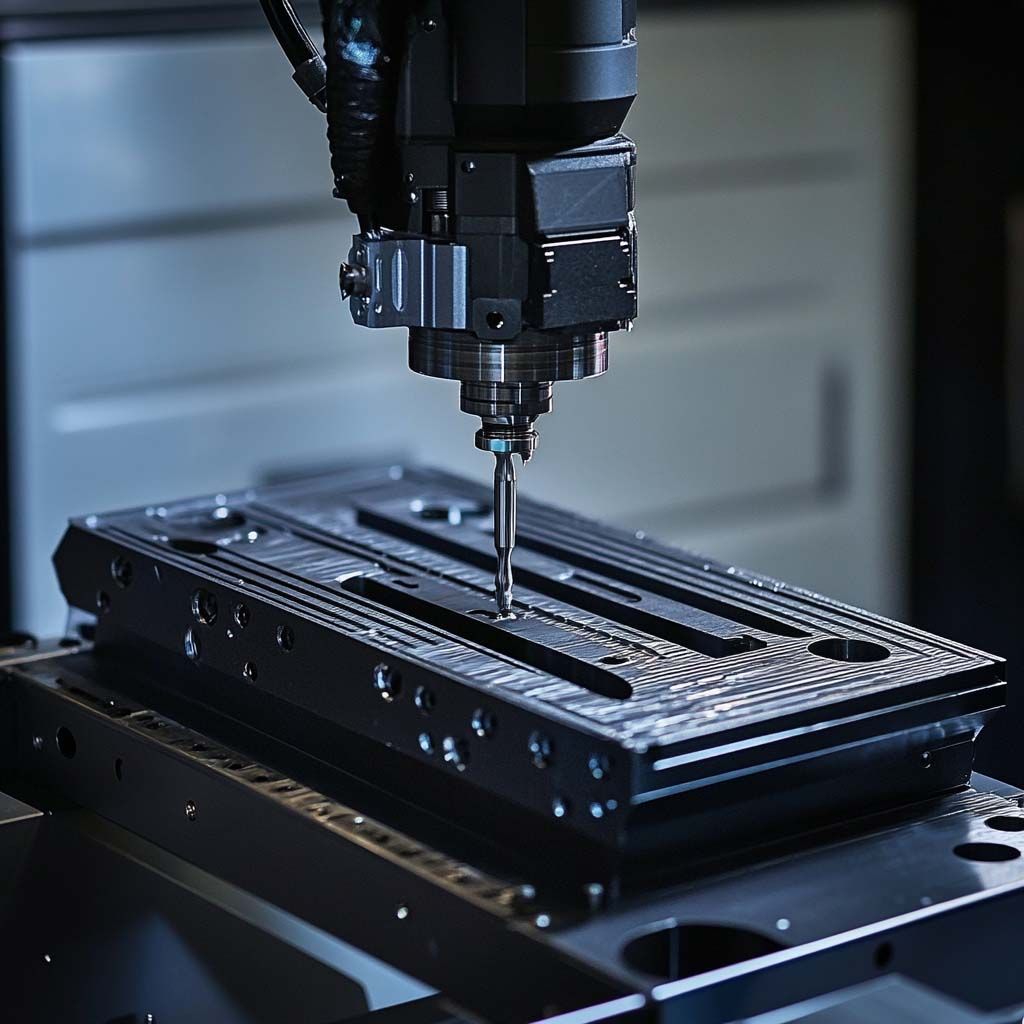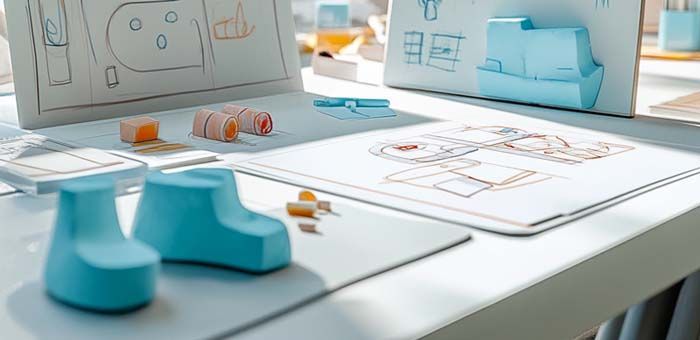
How 3D Printing, Scanning, and Engineering Work Together to Optimize Product Design | Rev 3D Services in Connecticut

How 3D Printing, Scanning, and Engineering Work Together to Optimize Product Design
In today’s fast-paced product development environment, businesses are increasingly turning to advanced technologies to streamline design processes, reduce costs, and enhance product quality. One powerful combination of tools—3D printing, 3D scanning, and engineering—works synergistically to accelerate product development and optimize design. In this article, we’ll delve into how these technologies complement each other, creating a seamless workflow that brings products from concept to market faster and more efficiently.
1. 3D Scanning: Capturing the Physical World
The journey of product design often begins with a physical object or prototype, and this is where 3D scanning plays a critical role. By using high-precision laser or structured light scanning technologies, engineers can quickly capture the exact dimensions and geometries of existing parts or prototypes. This digitization of the physical object allows for detailed analysis and modification without needing to manually measure or recreate the part.
3D scanning is particularly valuable in reverse engineering, where a physical part needs to be reproduced or improved. Whether you’re looking to recreate a legacy part, improve a design, or adapt an existing component for a new application, scanning provides an accurate digital blueprint. This data can then be fed directly into CAD (computer-aided design) software, facilitating an easy transition from the physical to the digital realm.
2. 3D Printing: Bringing Designs to Life
Once the initial designs have been scanned or conceptualized, 3D printing comes into play. Additive manufacturing (3D printing) allows designers to rapidly create prototypes or even final products directly from digital models. This flexibility speeds up iteration cycles and allows for real-time modifications and testing.
For product design, 3D printing is particularly useful in producing complex geometries and structures that would be impossible or prohibitively expensive with traditional manufacturing methods. Designers can experiment with lightweight, intricate, or organic shapes without the limitations of conventional tools. In addition, 3D printing allows for the production of small batches or custom products, making it a versatile solution for both prototyping and low-volume manufacturing.
The iterative process enabled by 3D printing is one of its greatest strengths. Designers can test the fit, function, and form of a product early in the design phase, receiving real-world feedback that can be used to refine the design. This “fail fast” approach ultimately leads to better products and faster development times.
3. Engineering: The Backbone of Optimization
While 3D scanning and printing provide the tools for rapid iteration and prototyping, it’s engineering that ensures the product will meet performance standards, durability requirements, and manufacturing constraints. Mechanical engineers take the digital models produced through 3D scanning and printing and apply rigorous simulations, testing, and optimization techniques to ensure the final design performs as expected.
Through techniques like finite element analysis (FEA) and computational fluid dynamics (CFD), engineers can simulate how a product will behave under real-world conditions. These analyses help identify weak points in the design, suggest material changes, or recommend structural adjustments to improve performance. Engineering also plays a key role in ensuring that designs are manufacturable at scale, whether using 3D printing or more traditional manufacturing methods.
In many cases, engineers also collaborate with industrial designers to ensure that the product not only functions well but also appeals to the end user. By combining technical expertise with design sensibility, engineers optimize products for both usability and manufacturability.
The Synergy Between 3D Scanning, Printing, and Engineering
The real power of 3D scanning, printing, and engineering lies in how these technologies work together to create a streamlined product development process. 3D scanning provides the foundation by converting physical objects into precise digital models. Once the digital model is ready, 3D printing enables rapid prototyping and iteration, allowing designers to quickly test ideas and make changes. Finally, engineering ensures that the product will perform optimally by applying simulations and analyses, addressing potential issues before the product is finalized for production.
This synergy allows for shorter development cycles, reduced costs, and higher-quality products. By seamlessly moving between physical and digital realms, businesses can ensure that their products meet both functional and aesthetic goals while remaining within budget and production timelines.
Conclusion
The integration of 3D scanning, 3D printing, and engineering has fundamentally changed how products are designed and developed. By leveraging the strengths of each technology, product designers and engineers can optimize designs, reduce time-to-market, and bring innovative products to life. Whether you're developing a new product from scratch, improving an existing one, or customizing a solution for a specific client, the combined power of these tools offers unmatched flexibility and efficiency in today’s competitive marketplace.
You might also like



Book a Service Today
We will get back to you as soon as possible
Please try again later

ABOUT
Our team expertise in Industrial Design, Engineering and Prototyping can take a seed of an idea and develop it into a well thought out and fully developed product.
MENU
STAY CONNECTED
Join our newsletter and find out more
Contact Us
Thank you for submitting your info! We're so happy to have you on board :)
Please try again later
All Rights Reserved | Rev 3D Services
Website powered by ADS NEEDED